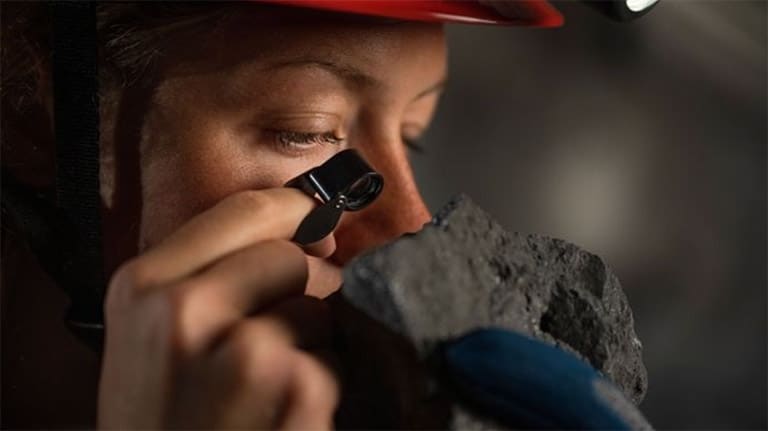Critical raw materials, or cotton candy and rainbows?
By Leon de Graaf, Head Climate Practice, #SustainablePublicAffairs
Without opening up new sustainably-managed mines there will be no energy transition in Europe

Europe is in the midst of accelerating its energy transition. Almost everyone agrees that we need more wind turbines, more electric vehicles, and everything else low- and zero-carbon to run our future economies.
But as Swedish Member of the European Parliament Emma Wiesner recently said, many people seem to think we can make these wind turbines and electric vehicles with “cotton candy and rainbows”.
That is, of course, not the case. They are made with critical raw materials, specifically rare earth elements with complicated names such as neodymium, praseodymium, dysprosium and terbium. In fact, Commission President Von der Leyen stated that Europe’s demand for these rare earths will increase fivefold by 2030.
Where do we get these rare earth elements from? Europe has two options (assuming we don’t go for secret option number 3 – no energy transition).
Option 1 is to try and keep importing rare earth elements and other critical raw materials as we do now from places Europe has no oversight over, such as China and Russia, and where the environmental and labour conditions are quite often abysmal.
But even if the EU would completely switch off its moral compass and do this, it’s still highly questionable that it will be able to import the amounts needed. Many other big economies need these critical raw materials as well, and thus competition will only increase, and so will the price of the energy transition.
Under option 2, the EU tries to source as much as possible from within, either through recycling, investing in solutions that reduce the need for critical raw materials, or by opening up new, sustainably-managed mines.
That seems to be what the upcoming Critical Raw Materials Act will aim to achieve. But while I am a huge fan of the recycling option, the Center for European Policy Studies (CEPS) estimates we will only be able to meet 8-19% of our rare earth demand by 2030 this way.
On reducing the need for critical raw materials in the first place wherever possible, I am definitely all for it. In fact, I know several companies developing breakthrough decarbonisation solutions that try to minimise the amount of critical raw materials.
We need to support these frontrunners and their solutions, so the rest of the industry can learn and jump on the bandwagon themselves while reducing the EU’s overall demand for critical raw materials during the scale-up.
Even taking into account all of this, mining virgin critical raw materials from sustainably-managed mines will still remain the biggest supplier for Europe’s demand in the next 15 years, and a substantial minority share afterwards.
Unfortunately, it’s almost impossible nowadays to open a new mine, even with the highest environmental standards.
Permitting procedures alone can take at least 10-15 years, which means we cannot deliver rare earth minerals, such as those recently found in Northern Sweden, to the market as quickly as the energy transition requires.
This is not about lowering environmental standards, on the contrary: some frontrunners in Europe are even creating new world standards for sustainable underground mining. But what they are asking for is that the permitting process is much faster and much more predictable.
In other words: we need special consideration for mines across Europe that contain a lot of critical raw materials deposits in order to make this option work.
Anyone that opens a new mine with large critical raw materials reserves will have to work closely with their local communities to do this. But there might come a moment where the choice is between overriding public interests, or single-handedly stopping the EU’s energy transition.
The Commission and Council have recently agreed they want to be able to override public interests in some cases when it comes to renewable energy projects through an Emergency Regulation.
If it does so at one place in the energy transition value chain, it should do so across the whole value chain. Because the success of the energy transition is only as strong as its weakest link.
